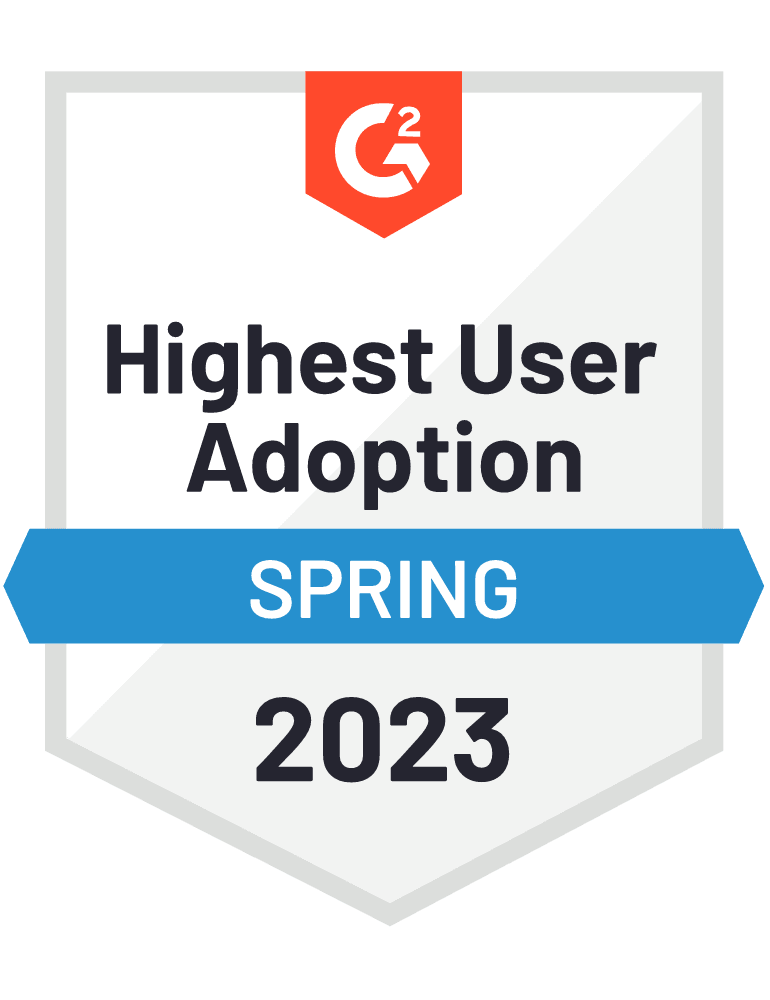Today, your business probably identifies a problem or challenge in the market, presents a solution, and executes a plan. To achieve success, companies usually try to avoid conflict, believing it will both confuse the plan and/or obstruct results. But what if you instead invited conflict in a productive way? What if your team was challenged to turn ideas upside down to come up with even better ideas?
Managers and leaders are often under pressure to deliver results with limited resources. And if that was not enough, the pandemic has added even more difficulties, which include coordinating a largely or entirely virtual workforce as well as continuing to meet business goals despite ongoing, unforeseen challenges.
This current environment can particularly lead to a trap where employees are afraid to disagree, groupthink is generated, and communication is lost – especially where employees have the benefit of being able to “hide” from their remote work locations. Employees may feel like they cannot communicate with managers, are not being valued, and are being micromanaged. And it will be hard to tell if they are disengaged or how much they are disengaged.
A culture of excessive agreement and consensus in decision making can lead to poor decisions or even no decisions at all. On the other hand, when you invite open discussions, ones where conflict is welcomed, it often leads to better decisions, flexibility in adopting solutions, innovation, and tactical problem-solving. People with different viewpoints will not be afraid to speak up and provide critical insights when they are needed most.
How to Integrate a Culture of Open Communication and Disagreement for Higher Productivity and Decision Making
Based on the article Agreement and Thinking Alike: Ingredients for Poor Decisions, by Cosier and Schwenk, there are two techniques of “cognitive conflicts” that leaders should introduce into their culture; programmed and unprogrammed conflict through the devil’s advocate decision program (DADP) and the dialectic method (DM).
The Devil’s Advocate Decision Program (DADP)
The DADP helps to analyze potential pitfalls and problems. It encourages individuals to not be complacent about ideas and to instead dig deeper, focusing on critiquing the ideas of those that have produced solutions.
A devil's advocate decision program proposes the following framework:
- Generate and propose a course of action.
- A devil's advocate (selected individual or group that rotates) is assigned to criticize the proposal and ideas, but not the people. The critique should provide solid logic and rationale and propose alternatives.
- The critique should be presented to the team and to key decision-makers.
- Once proposed, if more data is needed, it should be gathered.
- Decide whether to adopt, modify, or discontinue the proposed course of action.
- Monitor and track the decision, and evaluate if changes need to be made.
- Recognize the devil’s advocate for their courage, candor and transparency in moving the alternative courses of action forward
One of the earlier adopters of this concept was Thomas Watson, former CEO of IBM. Watson was able to turn IBM into a highly effective selling organization by incorporating a devil’s advocate approach and allowing employees to voice their concerns and disagreement in decision making.
The Dialectic Method (DM)
When you have very hard decisions to make and there is very limited information, the dialectic method could be used. A great example – former Exxon CEO Gavin Rawl allowed open communication with leaders when decision making. This helped avoid people agreeing to an idea just because one, they were afraid to disagree, or two, because they just did not want to participate.
Consider this scenario: Your organization is a home care agency or skilled nursing facility, and you draw all your leaders to the board room to discuss the CMS regulations on value-based care. You have an idea of what to implement, so you ask your leaders for opinions, but instead, everyone agrees with your approach, and no one provides alternatives. Would you still be confident that your idea was absolutely the only way to go?
The answer might still be yes, but instead of just taking it at face value, what the dialectic method proposes before making strategic decisions is to assign employees to create a reflecting plan and counterplan. Each point of view should support the argument and courses of actions, eventually helping to prevent misleading assumptions and poor planning as well as encouraging compromise and eagerness towards participation for idea implementation.
In a period of uncertainty, like the one we are currently living, where decisions must be made fast with extremely limited information, taking an approach with one of the above would help you make smarter decisions. Not only that, but they will later be easier to implement since everyone had a say on the planning and decision-making process. Both of these approaches also support diversity, as integrating multiple people with diverse backgrounds, beliefs, and experiences is crucial for diversifying your sources. They will also create inclusiveness, diversity, and transparency and can help leaders address some of the limitations of group decision making.
This information is for educational purposes only, and not to provide specific legal advice. This may not reflect the most recent developments in the law and may not be applicable to a particular situation or jurisdiction.










